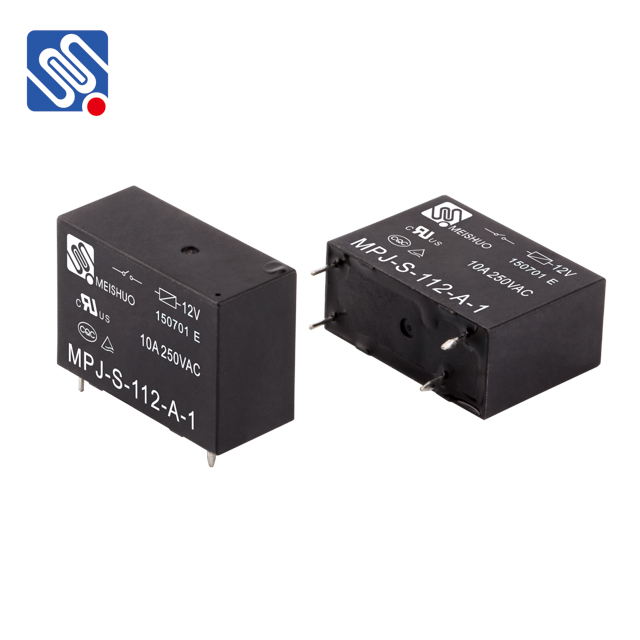In the world of electrical and automation systems, relays play a crucial role in controlling the flow of electricity. Whether it’s for industrial machinery, home automation, or automotive systems, selecting the right relay is essential to ensure optimal performance and safety. This Relay Procurement Guide aims to provide a comprehensive overview of the key factors to consider when purchasing relays, ensuring that businesses and engineers can make informed decisions for their projects.

1. Understanding Relays and Their Types A relay is an electrically operated switch that opens or closes circuits under specific conditions. It uses an electromagnet to mechanically operate a set of contacts. Relays are commonly used for controlling high-voltage circuits with a low-voltage signal, or for controlling a circuit with a remote switch. The main types of relays include: Electromagnetic Relays: The most common type, they use an electromagnet to operate the contacts. These are used in applications requiring switching of high power. Solid-State Relays: These use semiconductor components instead of mechanical parts and are used for faster switching with longer lifespan and greater durability.
Leave a Reply
You must be logged in to post a comment.